How is the cellular communication arranged?
Do you know what happens after you dial a friend's number on your mobile phone? How does the cellular network find it in the mountains of Andalusia or on the coast of the distant island of Easter? Why is the conversation sometimes interrupted unexpectedly?

The large area of the populated part of our country is covered by the Base Stations (BS). In the field they look like red and white towers, and in the city are hidden on the roofs of non-residential buildings. Each station catches a signal from mobile phones at a distance of up to 35 kilometers and communicates with a mobile phone through service or voice channels.

After you have dialed a friend's number, your phone contacts the Base Station (BS) nearest to you via the service channel and asks you to select a voice channel. The Base Station sends a request to the controller (BSC), and it forwards it to the switch (MSC). If your friend is a subscriber of the same cellular network, the switch will check with the Home Location Register (HLR), find out where the called subscriber is at the moment (at home, in Turkey or Alaska), and will transfer the call to the appropriate switch, where that his Forward to the controller and then to the Base Station. The Base Station will contact the mobile phone and connect you with a friend. If your friend is a subscriber of another network or you are calling a landline phone, your switch will contact the appropriate switch of the other network.
Complicated? Let's look at this in more detail. The Base Station is a pair of iron cabinets locked in a well-conditioned room. Given that in Moscow was on the street +40, I wanted to live a little in this room. Usually, the Base Station is either in the attic of a building or in a container on the roof.
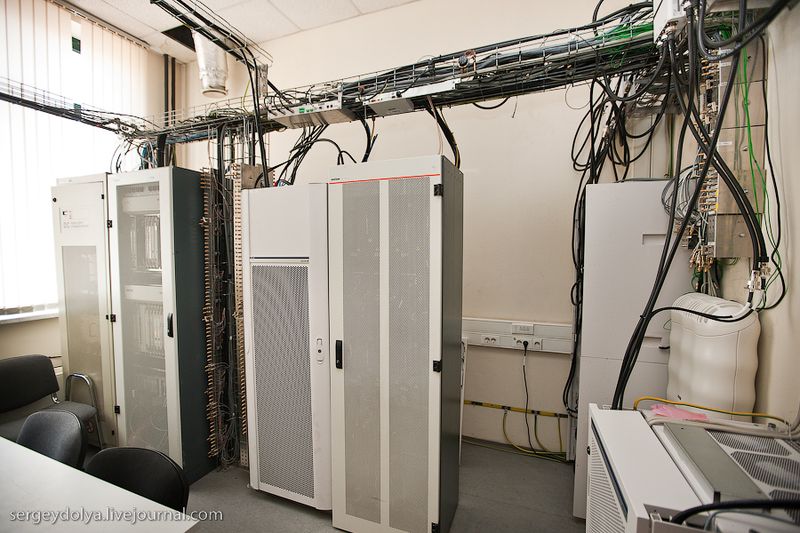
The antenna of the Base Station is divided into several sectors, each of which "shines" in its direction. The vertical antenna communicates with the telephones, the round antenna connects the Base Station to the controller.
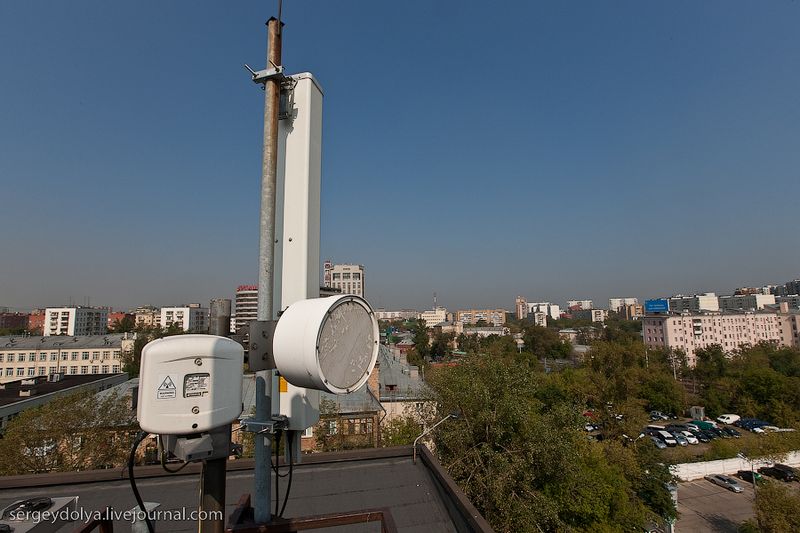
Each sector can serve up to 72 calls simultaneously, depending on the configuration and configuration. The Base Station can consist of 6 sectors, so one Base Station can handle up to 432 calls, however, usually a smaller number of transmitters and sectors are installed in the station. Cell operators prefer to put more BSs to improve the quality of communication.
The Base Station can operate in three bands:
- 900 MHz - the signal at this frequency extends farther and better penetrates the buildings;
- 1800 MHz - the signal is spread over shorter distances, but allows more transmitters to be installed in one sector;
- 2100 MHz - 3G network
This is how the cabinet with 3G equipment looks .

900 MHz transmitters are installed in the fields and villages in the fields and villages , and in the city where the Base Stations are stuck as needles in the hedgehog, basically communication is carried out at a frequency of 1800 MHz, although at any Base Station transmitters of all three bands can be present simultaneously.
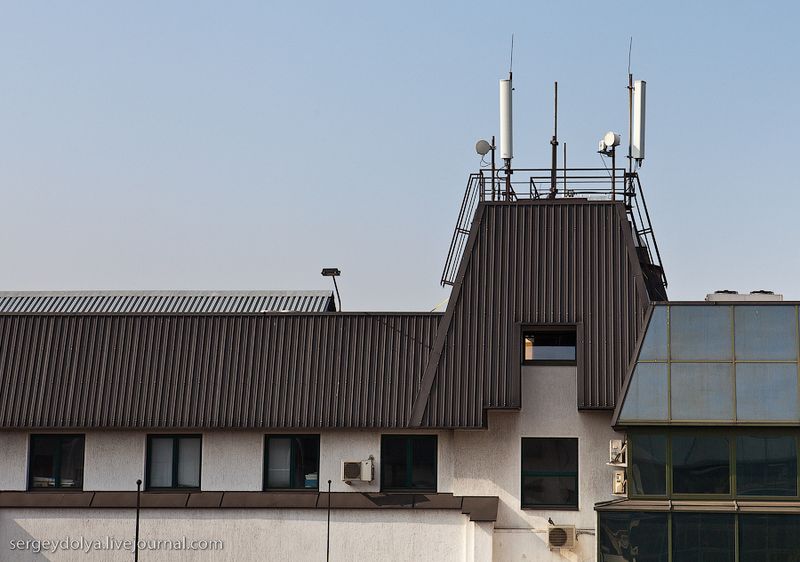

A signal of 900 MHz can beat up to 35 kilometers , although the "range" of some of the Base Stations along the routes can reach up to 70 kilometers, by reducing the number of simultaneously served subscribers at the station by half. Accordingly, our phone with its small built-in antenna can also transmit a signal for a distance of up to 70 kilometers ...
All Base Stations are designed in such a way as to provide optimal coverage of the radio signal at ground level. Therefore, despite the range of 35 kilometers, the radio signal is simply not sent to the altitude of the aircraft. Nevertheless, some airlines have already started installing low-power base stations on their aircraft, which provide coverage inside the aircraft. Such a BS is connected to a terrestrial cellular network using a satellite channel. The system is supplemented by a control panel that allows the crew to turn the system on and off, as well as certain types of services, for example, turn off the voice on night flights.
The phone can measure the signal strength from 32 Base Stations at the same time. Information on the 6 best (by signal level) it sends over the service channel, and already the controller (BSC) decides which BS to transmit the current call (Handover), if you are on the move. Sometimes the phone can make a mistake and transfer you to the BS with a worse signal, in which case the conversation may be interrupted. It can also happen that all the voice lines are busy at the Base Station that your phone has selected. In this case, the conversation will also be interrupted.
I was also told about the so-called " problem of the upper floors ". If you live in a penthouse, sometimes, when going from one room to another, the conversation can be interrupted. This is because in one room, the phone can "see" one BS, and in the second one - another, if it goes to the other side of the house, and at the same time the 2 Base Stations are at a great distance from each other and are not registered as " Neighboring "in the mobile operator. In this case, the transfer of a call from one BS to another will not occur.
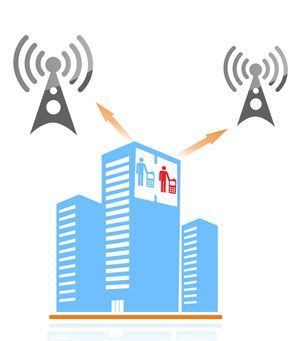
Communication in the metro is provided in the same way as on the street: the Base Station is a controller-switch, with the only difference that small base stations are used there, and in the tunnel the coverage is provided not by an ordinary antenna, but by a special radiating cable
As I wrote above, one BS can produce up to 432 calls simultaneously. Usually this power is enough for the eyes, but, for example, during some holidays, the BS can not cope with the number of people who want to call. Usually it happens on New Year's Day, when everyone starts to congratulate each other.
SMS is transmitted through service channels . On March 8 and February 23, people prefer to congratulate each other via SMS, sending ridiculous rhymes, and phones often can not agree with the BS about the allocation of a voice channel.
I was told an interesting case. From one district of Moscow began to receive complaints from subscribers that they can not get anywhere. Technical specialists began to understand. Most of the voice channels were free, and all the service channels were busy. It turned out that next to this BS there was an institute where exams were held and students exchanged incessantly.
Long SMS phone divides into several short and sends each separately. Employees of the technical service advise sending such congratulations with the help of MMS. It will be faster and cheaper.
From the Base Station, the call reaches the controller. It looks as boring as the BS itself - it's just a set of cabinets.
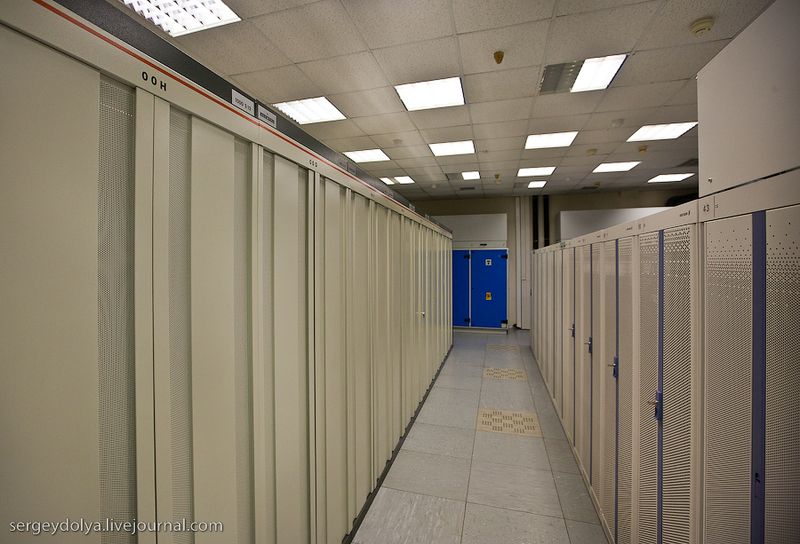
Depending on the equipment, the controller can serve up to 60 Base Stations . Communication between the BS and the controller (BSC) can be carried out via the radio relay channel or by optics. The controller manages the operation of radio channels, incl. Controls the movement of the subscriber, the transmission of a signal from one BS to another.
The switch looks much more interesting.
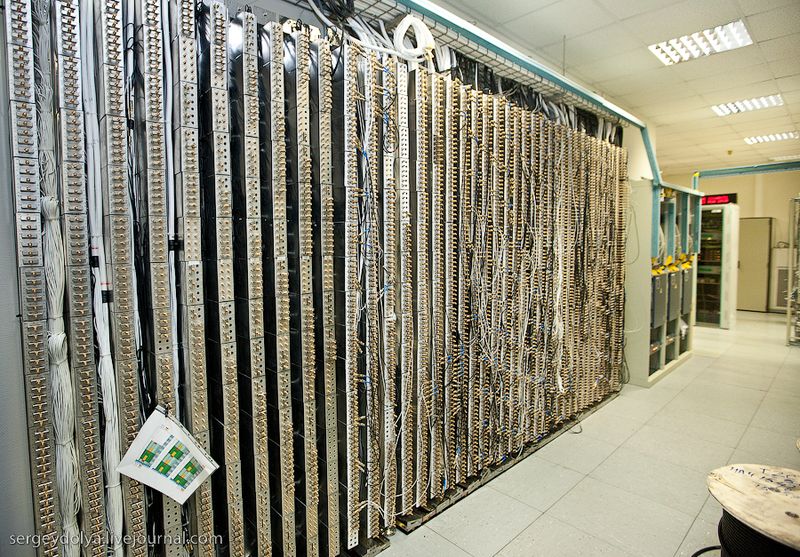

Each switch serves from 2 to 30 controllers. It already occupies a large hall, filled with various cabinets with equipment.
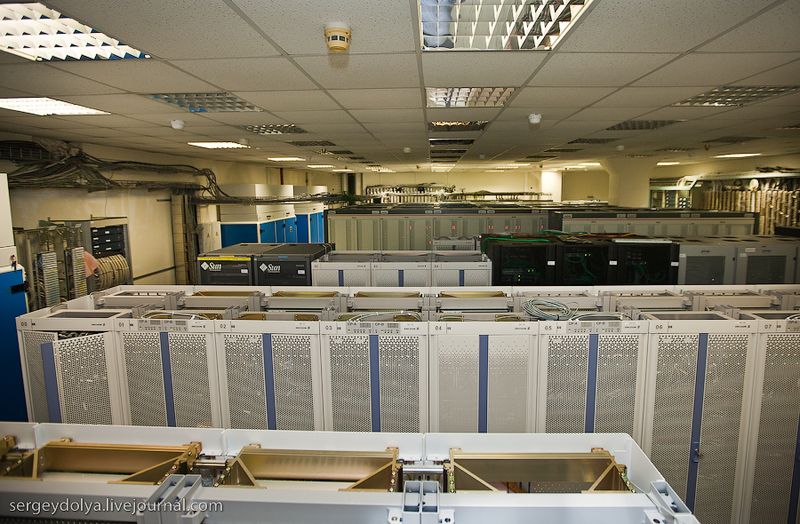
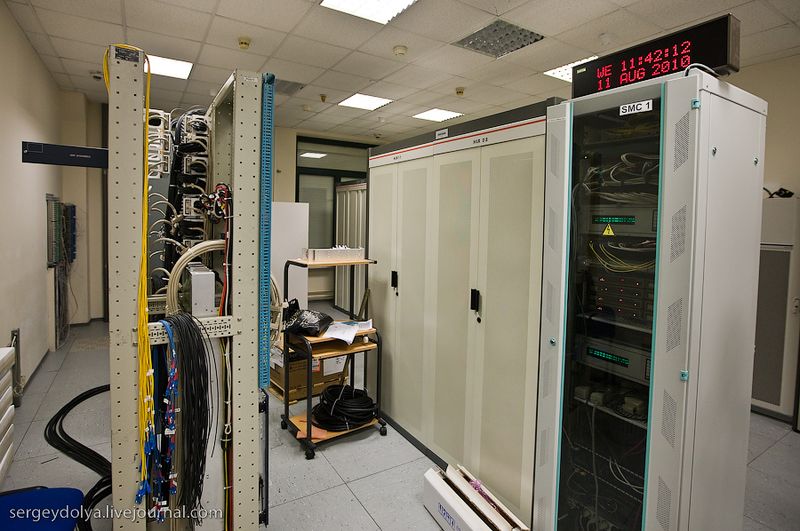

The switch manages traffic. Remember the old movies, where people first dialed up to the "girl", and then she already connected them to another subscriber, poking over the wiring? The same is done by modern switches.
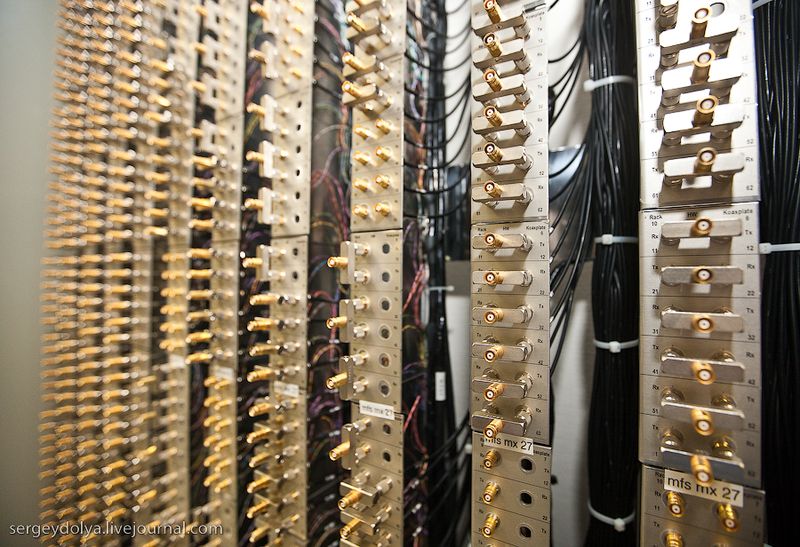
To control the network, the company has several cars, which they affectionately call " hedgehogs ." They move around the city and measure the signal level of their own network, as well as the network level of colleagues from the "Big Three".

The whole roof of such a car is studded with antennas
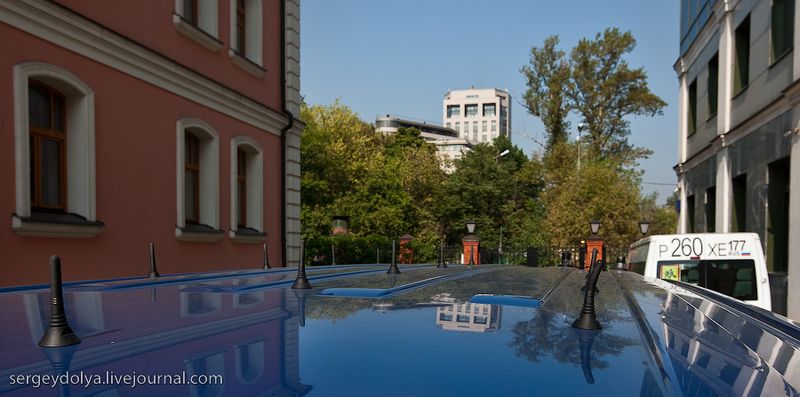
Inside there is equipment that carries out hundreds of calls and removes information.

Round-the-clock control of switches and controllers is carried out from the Flight Control Center of the Network Control Center (CSC) .

There are 3 main directions for monitoring the cellular network : accident rate, statistics and feedback from subscribers .
Just like in airplanes, all the equipment of the cellular network is equipped with sensors that send a signal to the DCS and output information to the dispatcher computers. If some equipment is out of order, then a "light bulb" will flash on the monitor.
The DCS also tracks statistics for all switches and controllers. He analyzes it, comparing it with previous periods (hour, day, week, etc.). If the statistics of one of the nodes became sharply different from the previous indicators, then the "light bulb" will start to flash again on the monitor.
Operators of the subscriber service receive feedback. If they can not solve the problem, then the call is transferred to a technical specialist. If, on the other hand, he is powerless, an "incident" is created in the company, which is decided by engineers involved in the operation of the relevant equipment.
The switches are monitored around the clock by 2 engineers.

The graph shows the activity of the Moscow switches. It is clear that at night, almost no one is calling.
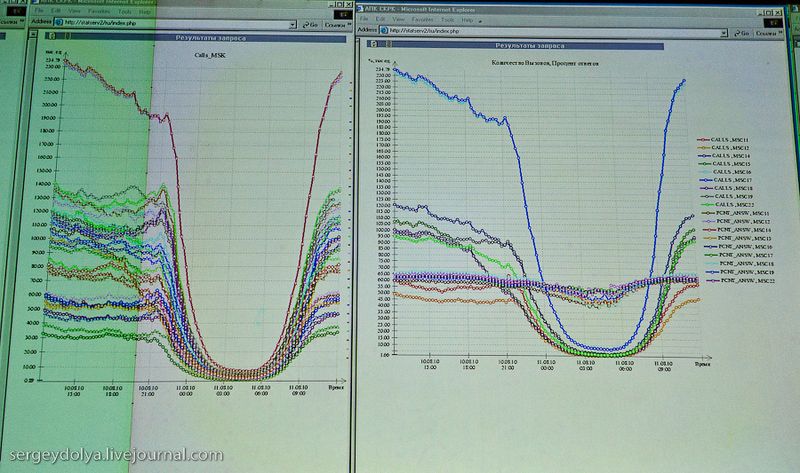
Control of the controllers (sorry for the tautology) is carried out from the second floor of the Network Control Center.
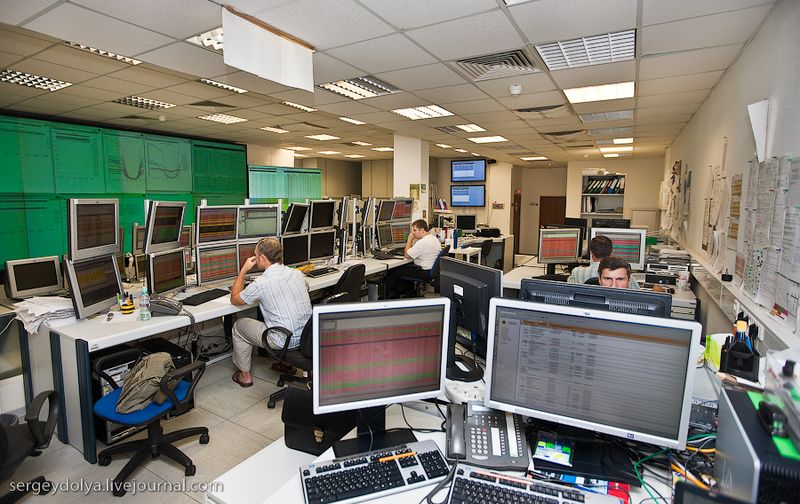
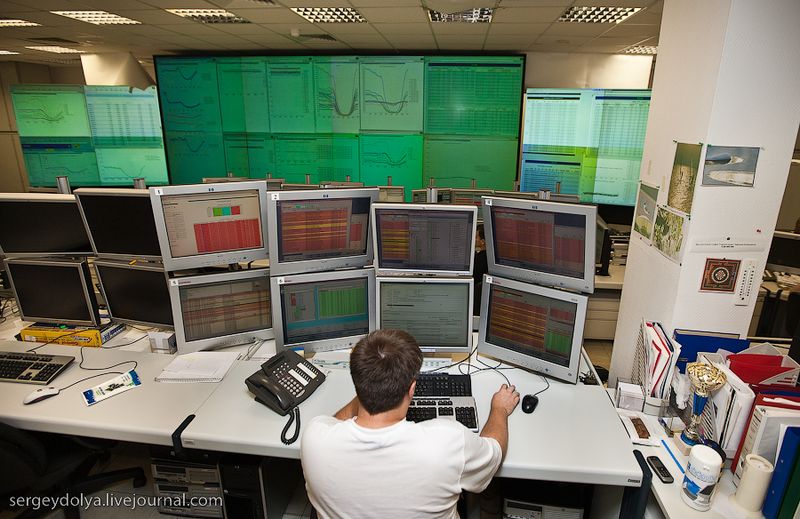


Comments
Commenting on, remember that the content and tone of your message can hurt the feelings of real people, show respect and tolerance to your interlocutors even if you do not share their opinion, your behavior in the conditions of freedom of expression and anonymity provided by the Internet, changes Not only virtual, but also the real world. All comments are hidden from the index, spam is controlled.